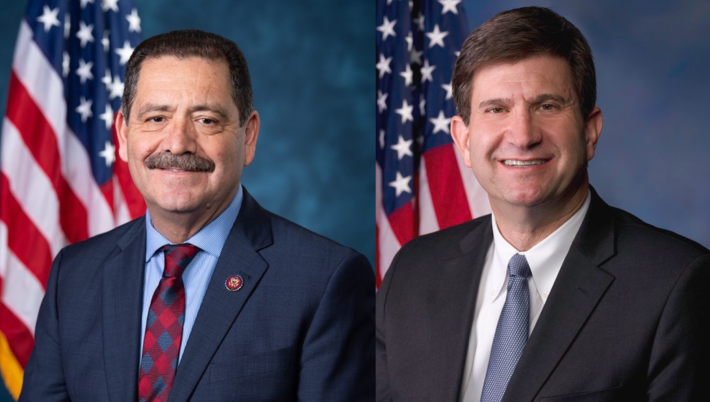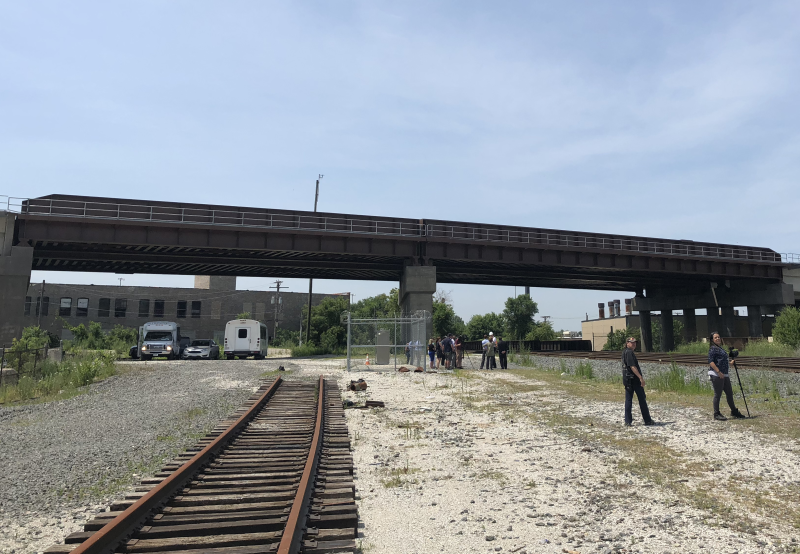Since Chicagoland is the railroad hub for the nation, rail safety, congestion, and environmental impacts are major issues here. There may be some help on the way in terms of additional federal funding for grade separation.
On Thursday, Congressman Jesús “Chuy” García (IL-04), a member of the House Committee on Transportation and Infrastructure representing parts of Chicago's Northwest and Southwest sides and western suburbs, and Congressman Brad Schneider (IL-10), member of the House Sustainable Energy and Environment Coalition representing an area mostly made up of northern suburbs, introduced the Building Much Needed Grade Separations Act of 2021. According to the legislators, the bill establishes a first of its kind stand-alone program to provide federal funding for rail grade separations.
“Chicago has a high number of intersections where a highway crosses a railroad," Garcia said in a statement. These grade crossings endanger travelers, slow down passenger and freight rail service, and pollute working-class Latino and Black communities like mine,” said García, who lives in Little Village, in a statement. “This legislation will help bring transformational investments in our infrastructure by separating rail crossings, keeping travelers safer, and protecting residents from hazardous emissions. It’s time to bring the change our communities have been needing for decades.”
"As one of the top manufacturing districts in the country and a major Metra hub, the Tenth District is riddled with railroad crossings," Schneider said in a statement. "When a train blocks a roadway, it creates traffic backups, produces emissions, and too often holds up our first responders on their way to life-and-death emergencies. It is essential that America plans to remove these antiquated, dangerous crossings by lowering more roads. I'm helping introduce legislation with Congressman García to build more grade separations that make our communities safer, faster, and less-congested."

According to the congressmen, there are 210,000 rail crossings in the U.S. where a train tracks and roads intersect. There were 1,901 collisions at grade crossings, with 198 fatalities and 688 injuries. There have been several recent fatalities on Chicago-area tracks, with deaths at Metra crossings being an increasingly pressing issue.
The representatives noted that in addition to preventing crashes, injuries, and fatalities, separating rail crossings can also improve passenger and freight rail service by allowing for higher speeds and more frequent service. They say that while there is currently a federal program to improve the safety of existing rail grade crossings, there is no standalone program for separating rail grade crossings.
Here's what the Building Much Needed Grade Separations Act would do, according to Garcia and Schneider, in their words:
- Authorizes $2.5 billion over five years for a competitive highway-rail grade separation program.
- Establishes a 10 percent cost share requirement for railroads that benefit from the grade separation.
- Allows projects over $100 million to be funded through multi-year agreements through the Capital Investment Grant program, just like transit projects.
- Allows rail relocation projects to qualify as long as a highway-rail crossing is eliminated as a result of the project.
- Does not limit the amount of money one state can receive through the program.
The full text of the bill can be found here.





